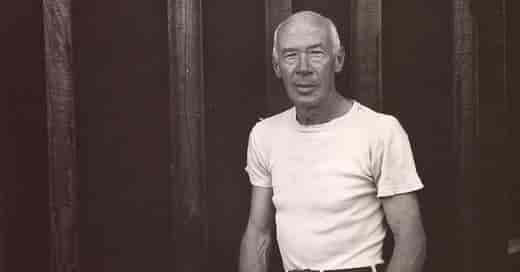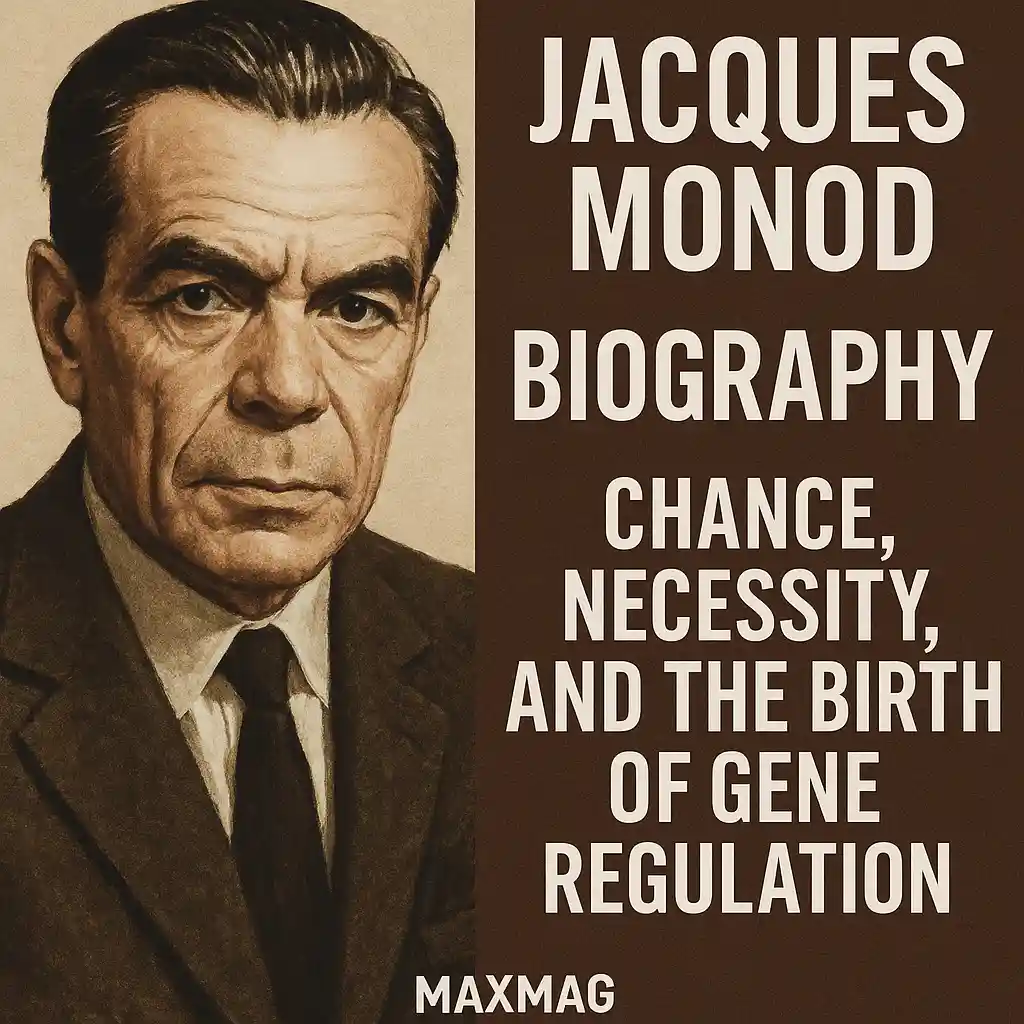
Henry Miller is widely regarded as one of the most significant authors of the 20th century, and his Henry Miller biography highlights his profound impact on literature. His provocative novel Tropic of Cancer faced heavy censorship but managed to gain widespread popularity. Despite the bans, Miller’s works left an indelible mark on literature, influencing numerous writers, including members of the Beat Generation. Known for pushing boundaries, Henry Miller’s biography is filled with controversial works that explore personal, raw experiences. The story of his life remains a testament to his influence on modern literature.
“It takes a lifetime to discover Greece, but only a moment to fall in love with it.”
— Henry Miller
Early Life of Henry Miller
Henry Valentine Miller was born on December 26, 1891, in Yorkville, Manhattan, New York City. His parents, Louise Marie and Heinrich Miller, were originally from Germany. Heinrich, a tailor, moved the family to Williamsburg, Brooklyn, where Henry spent his early childhood. He had a younger sister, Lauretta, who had intellectual disabilities, and both siblings suffered emotional and physical abuse from their mother.
Miller rebelled early on against his parents’ values of work and a “respectable” life. In one of his writings, he stated, “I was born on the street and grew up on the street… On the street, you learn what people are really like.” From an early age, Miller enjoyed reading classic literary works. He excelled in high school and enrolled at the City College of New York but left after just two months. His early life laid the foundation for the complex and groundbreaking works found in his Henry Miller biography.
Learn more about the City College of New York – Official educational website.
Writing and Personal Life
From 1909 to 1924, Miller tried various jobs, from a taxi driver to a librarian. In 1917, at the age of 22, he met Beatrice Sylvas Wickens, an amateur pianist. She became his first wife, with whom he had a child, Barbara. In 1920, Miller began working for Western Union, where he stayed until 1924. His boss suggested that someone should write a book about the messengers, and this became Miller’s first attempt at writing. Though he realized his work was a failure, it sparked his desire to learn more about writing.
In 1921, Miller met painter Emil Schnellock, who introduced him to watercolor painting, a craft he would pursue for the rest of his life. In 1923, Miller met June Mansfield, a 21-year-old dancer, at a ballroom in downtown New York. They began an affair, and Miller divorced Beatrice in December 1923. A year later, he married June, and they moved to Brooklyn Heights, living with Emil Schnellock and his wife due to financial struggles.
Henry Miller in Paris
Determined to become a writer, Miller moved to Paris alone, where he lived for almost ten years with very little money. He met Alfred Perlès, an Austrian with whom he had a friendship and, later, a romantic relationship with Anaïs Nin. In Paris, Miller entered a circle of painters, philosophers, and writers, being particularly influenced by the French surrealists. He wrote essays, some of which were published in the Chicago Tribune under Alfred Perlès’ name due to censorship that prohibited him from publishing his own work.
In 1934, Miller completed Tropic of Cancer, a semi-autobiographical novel about his struggles during his early years in Paris. The book was published in France and funded by Anaïs Nin. It received praise from writers like T.S. Eliot and Ezra Pound, but its explicit sexual content led to controversy. Miller had to go to court to prevent the banning of his work. This was a defining moment in his Henry Miller biography.
Learn about U.S. court cases involving censorship and freedom of expression – U.S. Government website on law.
In 1939, Miller visited his friend, British novelist Lawrence Durrell, in Greece, where he stayed for six months. There, he met poets Giorgos Seferis and Giorgos Katsimbalis. Inspired by Greece, Miller wrote The Colossus of Marousi, a travel memoir that became one of the best contemporary travel books.
Later Works and Return to the U.S.
Miller continued to write two more books, Black Spring (1936) and Tropic of Capricorn (1939), both of which were smuggled into the U.S. He also began creating watercolors, some of which were exhibited in 1943 at the Beverly Glen American Contemporary Gallery in Hollywood and in 1944 at the Santa Barbara Museum of Art, California.
Miller returned to the U.S. in 1940 and lived in Big Sur until 1963. During this time, he married two more of his five wives, Janina Martha Lepska (who was 30 years his junior) and Eve McClure (37 years his junior). He had two children with Janina, but they divorced in 1952. His second marriage ended in 1966. Miller continued to write prolifically, including The Rosy Crucifixion trilogy: Sexus (1949), Plexus (1953), and Nexus (1960), all of which were banned in the U.S. but published in France and Japan. In 1967, he married his fifth wife, Japanese singer Hoki Tokuda, but their marriage ended in divorce in 1977.
The End of Henry Miller’s Life
Henry Miller spent his final years painting watercolors. He died on June 7, 1980, at the age of 88 from complications related to his circulatory system at his home. His legacy, chronicled in his Henry Miller biography, continues to inspire authors and artists alike.
Works by Henry Miller:
-
Tropic of Cancer (1934)
-
Black Spring (1936)
-
Tropic of Capricorn (1939)
-
The World of Sex (1940)
-
Crazy Cock (1940)
-
The Colossus of Marousi (1941)
-
Sexus (1949)
-
Plexus (1953)
-
Nexus (1960)
-
Moloch (1996, Greek edition)
-
First Impressions of Greece (1985, Greek edition)
-
A Devil in Paradise
FAQ Section
Q: What is Henry Miller best known for?
Miller is best known for his provocative novel Tropic of Cancer, which challenged the boundaries of literature and was banned in several countries due to its explicit content.
Q: Did Miller write about his personal life?
Yes, many of his works, including Tropic of Cancer and Black Spring, draw heavily on his own life experiences, making them semi-autobiographical.
Q: What were the major influences on Miller’s writing?
Miller was influenced by his time in Paris, his relationships with figures like Anaïs Nin, and his experiences in Greece. He was also deeply influenced by surrealism and the works of French writers.




